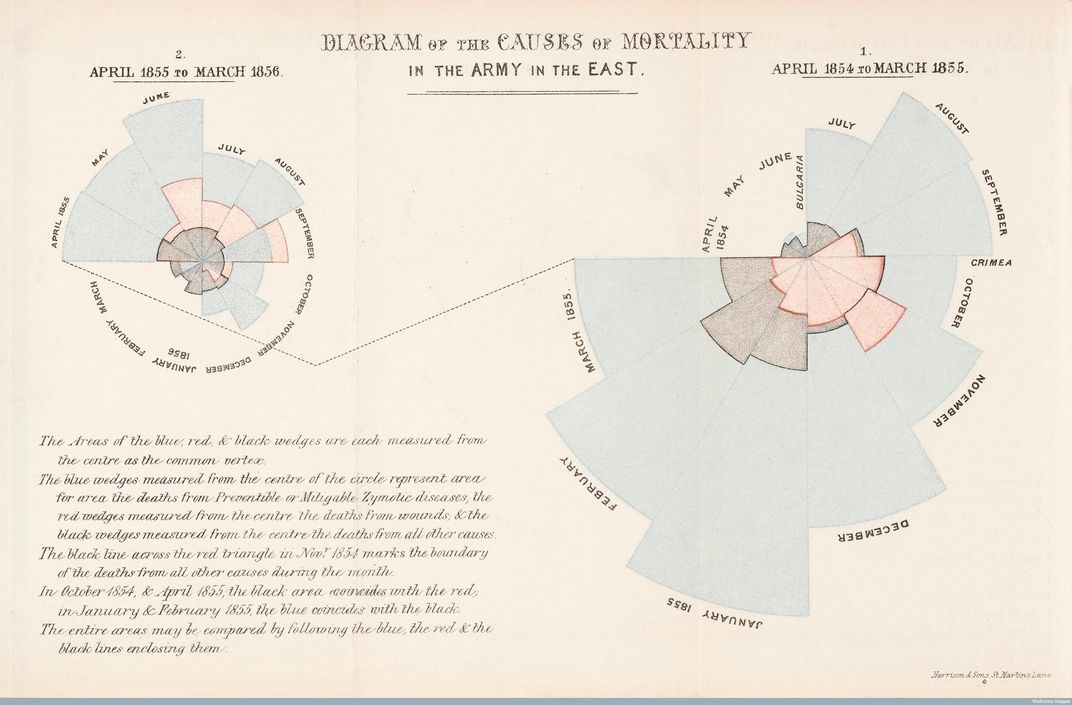
We are going through an exciting time for journalism. The rise of digital media, the internet and e-journalism offers new opportunities for research, presentation and distribution of news. The greatest opportunity lies in journalism based on data science, which deals with sources and huge datasets, structured or otherwise, from which interesting stories emerge.
The message goes beyond the medium, as it becomes more personalized, it changes and becomes adapted according to the requirements, interests and profile of the reader, setting new rules in political communication and media, and taking the form of targeted marketing. The “intelligent” internet “learns” the behaviors of its users, records them, sorts them, and adapts the message accordingly, expecting greater results and maximum acceptance of its content by the reader.
The time has come for us, as educators, to realize that learning objectives do not only involve algorithmic solutions to complex problems, but also training young journalists and familiarizing them with a new research methodology
These same intelligent data science techniques can be used in the new journalism practice to identify empirically corroborated stories among vast amounts of data that is being collected from every aspect of our digital presence. Data scientists may be skilled in big data processing, but journalists are usually great storytellers and talented researchers who look for hidden correlations in data and come up with great, revealing stories. Therefore, the convergence of these two areas is a great and promising cognitive domain, which young journalists can conquer with the appropriate training and benefit from, by specializing in Data Journalism, thus acquiring the skills and talents of a data scientist.
Drawing on my background in computer science and my experience in teaching in the Department of Communication and Mass Media of EKPA for the past few years, I decided to bridge the gap between these two communities and – through the Department’s specialized courses – to transmit the knowledge of computational methods, data processing, programming languages, information mining, machine learning and artificial intelligence to young journalists, in order for them to become the next generation of Data Journalists. In this context, I have been teaching an undergraduate course titled “Data Journalism” since 2016, dealing with introductory concepts of big data processing and computational techniques through the use of the Python programming language, while I also coordinate the postgraduate program titled “Data Science in Communication and Journalism” since the academic year 2018-2019.
Τι λέει η στατιστική για την καριέρα του Στέφανου Τσιτσιπά

Με ποιους αθλητές μοιάζει ο 22χρονος διεθνής και πώς θα διαμορφωθεί η πορεία του την επόμενη δεκαετία
I believe that the current state of the mass media provides an opportunity for such endeavors, enabling us to form a common core of problems and ideas and to venture in these two sub-domains, creating new avenues in the field of Journalism.
Teaching data science to the Department of Communication and Mass Media is a challenge for both participating parties – students and instructors. The time has come for us, as educators, to realize that learning objectives do not only involve algorithmic solutions to complex problems, but also training young journalists and familiarizing them with a new research methodology. With this new methodology, huge amounts of data can be collected, processed and correlated automatically, using even artificial intelligence methods, and, by utilizing this methodology, the next generation of journalists will not only be able to keep up with advances in digital technology but they will manage to shape it, by mastering the rules and algorithmic approaches of digital communication.
*Associate Professor – Faculty of Communication and Media Studies, National Kapodistrian University of Athens (EKPA)
